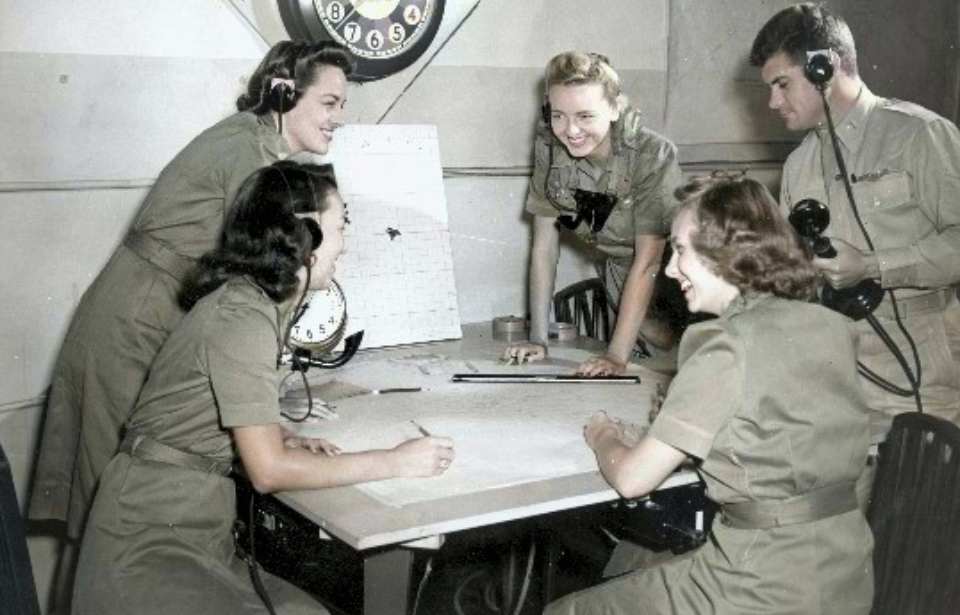The Women’s Air Raid Defense (WARD) was a civilian organization working alongside the US military to protect the Hawaiian Islands from Japanese air attacks during World War II. It was staffed entirely by women who dedicated their lives to protecting their country after the attack on Pearl Harbor.
Formation of the Women’s Air Raid Defense (WARD)
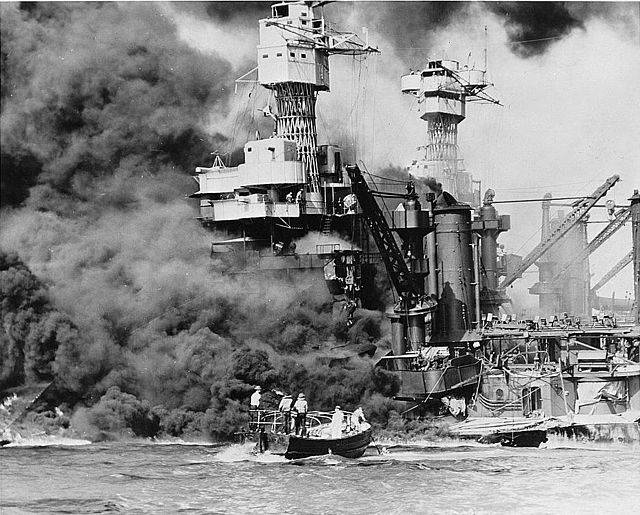
The Japanese attack on Pearl Harbor in December 1941 instilled fear among those living in Hawaii, who worried another attack might be looming. With the United States officially part of World War II, the majority of the males stationed on the islands were sent abroad, leaving important positions vacant.
To help fill the gap, US President Franklin D. Roosevelt signed Executive Order #9063, giving the US Army Signal Corps – more specifically, the 7th Fighter Wing – the power to recruit volunteer civil servants for positions within the federal government.
Several days after the attack, US Army Air Corps (USAAC) Brig. Gen. Howard C. Davidson contacted Una Walker, a woman living on Oahu who often volunteered with the Red Cross. Without giving anything away, he requested that she put together a list of 20 women she felt could be “the nucleus of a secretive Army job.”
On December 26, 1941, Walker, Davidson and the 20 women met at the Royal Hawaiian Hotel. They were joined by the spouse of service member John Howard. While Davidson couldn’t reveal much, he was able to tell them they’d be relieving “men ordered to forward combat areas.”
The call was for 100 women, who’d be tasked with monitoring the skies over Hawaii for enemy aircraft. According to Davidson, their work “would be the most important done by any woman in the nation.”
Extensive training
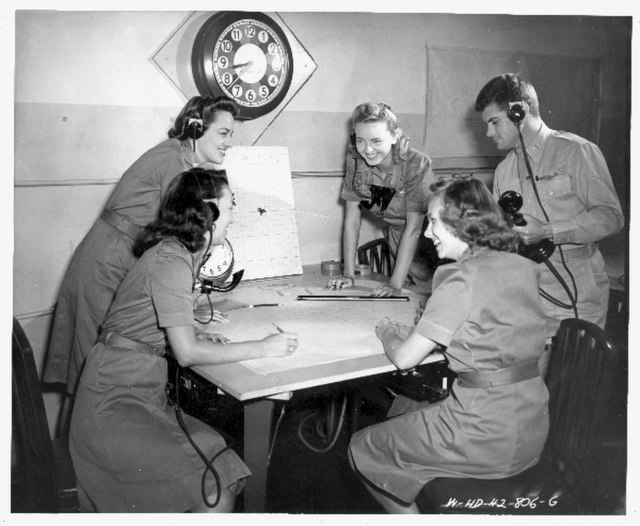
The women would be members of Company A, Signal Aircraft Warning Regiment. Before they could start, they needed to undergo training and meet a set of requirements.
Those interested had to be between the ages of 20 and 34, without children, and had to pass both a physical examination and a US Army intelligence test. Once deemed fit, they underwent a two-week training course, where they learned how to plot the positions of aircraft with radar, a tool that was still experimental at the time. They were also trained in how to locate friendlies and aid in the recovery of lost aircraft.
Defending the skies over Hawaii
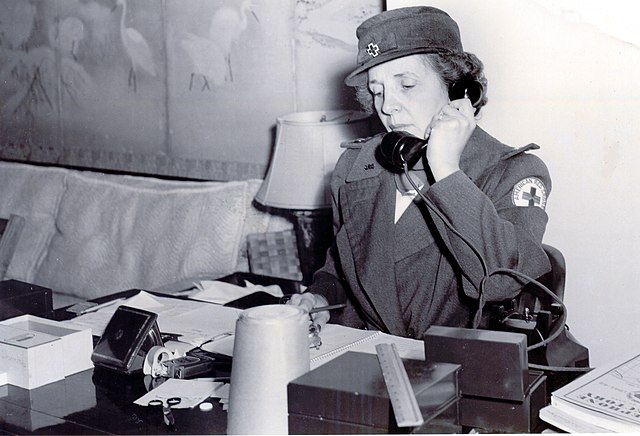
Once their training was complete, the women began their shifts at Fort Shafter, Hawaii, staffing the air defense center 24 hours a day. They worked in shifts – six hours on and six off for eight days straight, before being given 36 hours leave to refresh.
Each was under contract for a year, with the option to renew, and they were paid between $140 and $225 a month. They worked beneath chief supervisors, the first of whom were Mrs. R.T. Williams and Catherine Coonley. They worked closely with their own superior, Brig. Gen. Robert W. Douglas, Jr.
Quarters were provided at Fort Shafter. The women were given their own uniforms, styled similarly to the fatigues worn by Red Cross volunteers, along with World War I-era helmets, gas masks and armbands to show they were in non-combatant roles.
The women were known by the codename “Rascal,” while the radar operator was named “Oscar.” They relied on each other to ensure the right information and data points were being plotted, so that Hawaii didn’t fall victim to another attack.
Disbandment of the Women’s Air Raid Defense (WARD)
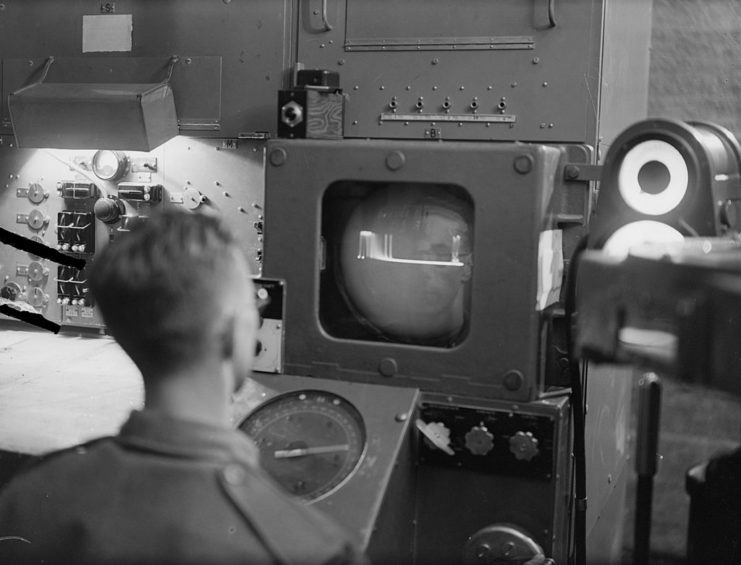
The success of the Oahu Women’s Air Raid Defense resulted in others being formed across Hawaii. By September 1942, Maui, Hilo and Kauai had their own setups.
In June 1943, WARD was transferred to the US Army Air Forces (USAAF), under the 17th Fighter Command. As the need for volunteers grew, women from the mainland began to fill positions.
More from us: Attagirls: Remembering the Women Who Flew Supermarine Spitfires Across Britain
Want War History Online‘s content sent directly to your inbox? Sign up for our newsletter here!
The Women’s Air Raid Defense was disbanded at the end of the Second World War. While many returned to their pre-war lives, some members opted to stay on in civil service roles. Unfortunately, a fire in 1983 led to the loss of official records documenting the work these women provided, leaving a gap in that part of America’s wartime history.
